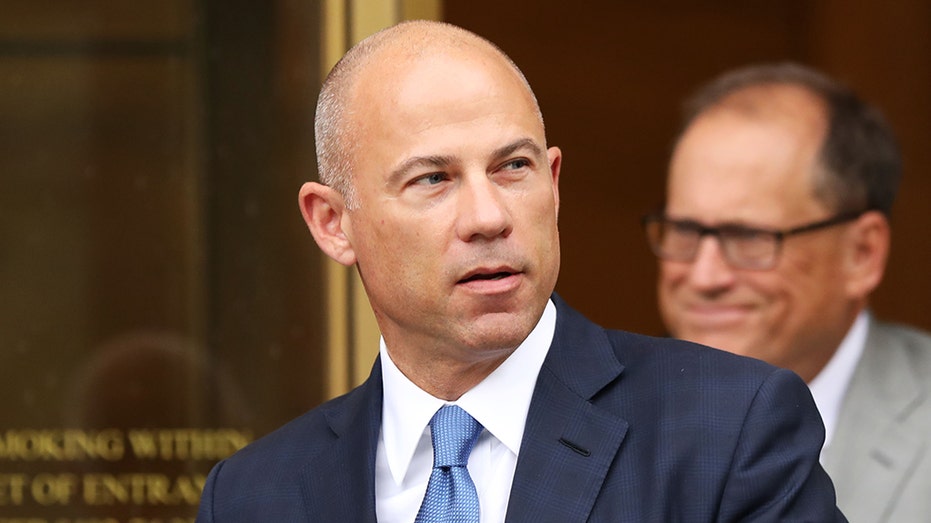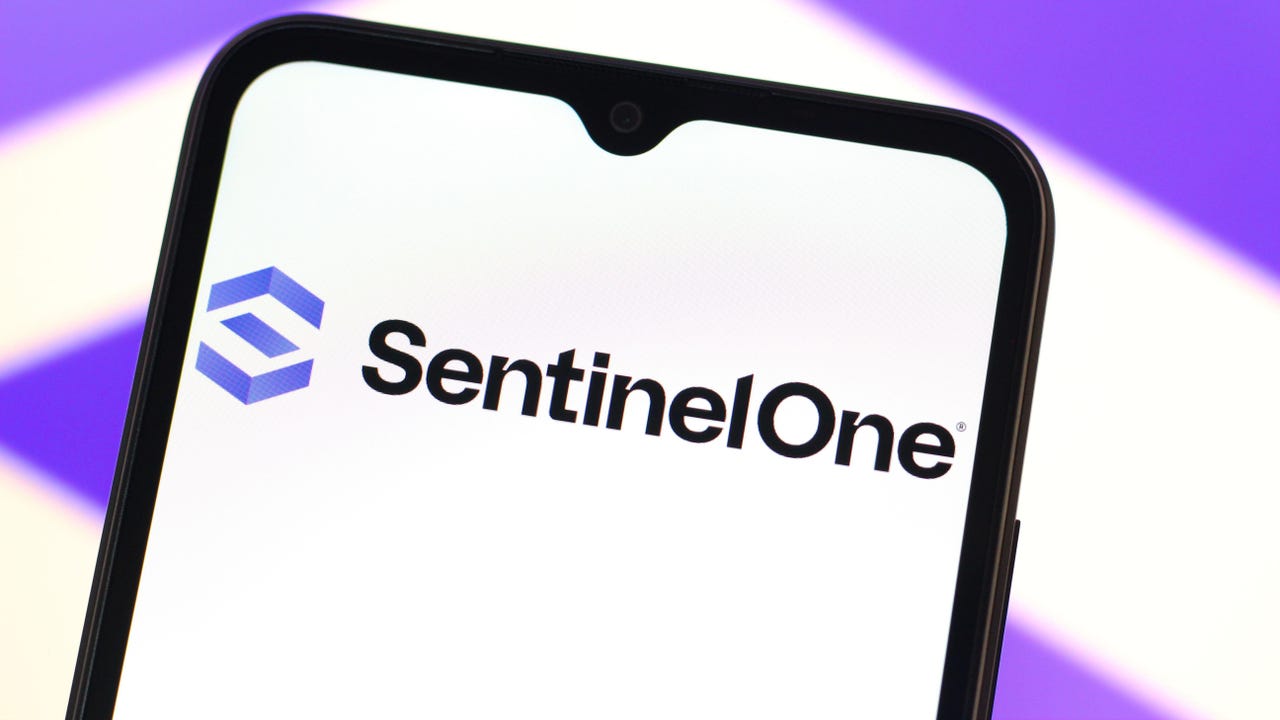Can Netflix Reach the $1 Trillion Club by 2030?
While Netflix executives see a path to the lofty market cap goal, financial analysts told TheWrap the hurdles are high The post Can Netflix Reach the $1 Trillion Club by 2030? appeared first on TheWrap.

With Netflix looking beyond the streaming wars and its stock price hitting new all-time highs, the company’s executives have set their sights on a new long-term target: reach a market capitalization of $1 trillion by 2030.
It’s a stock market stratosphere that only 12 companies have broken into thus far, with some of those companies even surpassing the threshold while others have since fallen back below. Netflix co-CEOs Ted Sarandos and Greg Peters have boldly called reaching the 10-figure mark a “long-term aspiration,” but were quick to say it was not formal guidance.

The streamer’s ambitious plan aims to double its revenue to $78 billion and triple its operating income to around $30 billion by 2030. It’s also eyeing about 410 million subscribers and roughly $9 billion in global ad sales by 2030, according to figures leaked to the Wall Street Journal.
As of Wednesday’s close, Netflix’s market capitalization currently sits at $481.6 billion. It last reported a total subscriber base of 301.6 million globally.
During Semafor’s World Economy Summit last week, Sarandos said Netflix successfully doubled its revenue and grew its profits 10 times and market cap three times in the past five years. Market cap is the share price times a company’s outstanding shares.
He added there’s a “linear growth path” to reaching the $1 trillion market cap goal and “enormous room to grow” in the core businesses that Netflix is in, but that it’s “incredibly dependent on executing well.” A Netflix spokesperson declined to comment beyond Sarandos’ previous public remarks.
So it all begs the question: How does Netflix get there, if at all? “Executing well” is great, but what more needs to be done?
A difficult path
While Netflix’s targets seem far-fetched at first glance, they’re based in reality for the most part, Investing.com senior analyst Thomas Monteiro told TheWrap. “The goals represent a new phase for the company as a whole — and one that can certainly succeed,” he said.
But Monteiro warned the $1 trillion market cap goal will be the most difficult internal target to reach, particularly if Netflix is not cutting back on content spending, due to a “somewhat tighter” margin projection.
“In this new phase, subscriber growth might be the ‘easy’ part,” he said. “Getting investors to push the stock to a $1 trillion valuation in the face of tighter margins will be the real challenge.”
In order to reach the $1 trillion market cap, Netflix would need to generate $25 billion in net income, or net profit, at a multiple of 40 times — implying market cap growth of 16% per year over the next six years, Citigroup analyst Jason Bazinet estimated.
But Bazinet warned that revenue growth will slow between 2026 and 2030 based on internal goals, and that would pare back the multiple of share price-to-earnings from 40 — making it harder to hit a $1 trillion valuation.
“We agree that Netflix is performing well. And there is little dispute that Netflix is the category leader. And we don’t disagree with the long-term financial targets,” Bazinet wrote. “But we’re just not sure the prevailing multiple leaves enough upside given the likely — perhaps inevitable —bumps in the road sometime over the next six years.”
Wedbush Securities analyst Alicia Reese called the $1 trillion market cap goal a “steep hill,” noting they’d have to expand average revenue per paid member (ARM) by around 60% globally and expand their gross margins by 300 basis points with operating expenses remaining stable at current levels
“That wouldn’t be an easy road, as it would require both standard price increases and significant growth in advertising revenue from Netflix’s ad tier,” Reese said, adding those increases would primarily be in the U.S. and Canada and Europe, Middle East and Africa region. “If the multiple dropped to, say, 20x, they’d have to more than double ARM to get to or remain at the $1 trillion market cap.”
Reese’s colleague, Michael Pachter, said that the market cap goal is “not realistic,” adding they’d need to earn over $100 per share to be valued that highly and that its unlikely investors would assign a huge growth premium once they hit 400 million subscribers.
“Another 100 million subscribers implies at least $1 billion a month in revenue growth. I think they would earn $8 billion more per year, but that won’t get them to $100/share in profit,” he said.
Pivotal Research Group analyst Jeff Wlodarczak was more willing to give Netflix the benefit of the doubt, calling its financial targets “reasonable” as long as they continue to produce and invest in great content. He said the company’s global market share of viewing, excluding China, is only 10% and that there’s “likely significant opportunity to take price” as it continues to increase subscribers and time spent on the platform and as its ad tier remains “very inexpensive.”
Getting into the $1 trillion club
In order to become a “trillion dollar Death Star,” Netflix’s main priority will be continuing to scale its ad tier, said former IFC and Sundance Channel executive Evan Shapiro.
Thus far, the streamer’s ad-supported offering has surpassed 70 million monthly active users globally across 12 countries and is on track to reach “sufficient scale” in 2025. But ad revenue’s contribution to total revenue is still “very small” and it’s not expected to be a major contributor until at least 2026. Netflix is in the process of rolling out its in-house ad-tech platform, which is already available in the U.S. and Canada with more countries to come.
“We do see a major opportunity to grow ad revenue significantly, and that’s why we wouldn’t say the revenue and profit goals are completely unrealistic,” Morningstar analyst Matthew Dolgin added. “However, advertising is not a free lunch, as the ad-supported members in all markets come at a much lower price point.”
EMarketer senior analyst Ross Beness said Netflix could also benefit from a “winnowing” of streaming competitors or a “further dissipation of live TV” that could push more programming, especially sports, towards the company. He acknowledged that the company has a greater ability to withstand economic downturn than most of its peers.
Though Netflix is widely believed to be a safe haven from economic uncertainty and fears of a global recession posed by President Donald Trump’s tariffs policy, Dolgin warned that a pullback in consumer spending could “cause a hiccup” in reaching its target of $9 billion in ad revenue by 2030.
As for its goal of 410 million subscribers, Dolgin said it’s “very achievable,” but that the vast majority of the subscriber additions will need to come from outside North America, where monetization is “relatively very low.”
Bloomberg Intelligence analyst Geetha Ranganathan believes Netflix will push into markets like India and Brazil, which have high broadband penetration and can support a bigger move to streaming. She estimates Netflix has just 12 million members in India, compared to the 950 million broadband subscriptions in the country, including wireless.
Investing.com’s Monteiro also said that the company should continue to invest heavily in live events, which are a “top growth avenue in more developed markets.” Recent examples of Netflix’s live programming include the Mike Tyson vs. Jake Paul and Katie Taylor vs. Amanda Serrano boxing matches, the talk show “Everybody’s Live With John Mulaney,” the Christmas Day NFL games and its WWE Raw programming.

While price increases, advertising, live events and expanding into new markets are all available growth levers at Netflix’s disposal, Shapiro believes the company needs to “drastically alter” their business model to reach the market cap goal. He predicts the streamer will eventually launch a free section of their platform as a way to jump start the ads business and give users a reason to stick around after seasons of their most popular programming concludes.
“That free section will be creator focused and carry a video podcast network,” former TV exec Shapiro predicted. “In short, Netflix will build their own YouTube.”
Though Netflix has previously considered launching a free plan overseas, the company has not officially done so. Sarandos suggested at the Semafor conference that Netflix could become “more adventurous” as it gets bigger and broader, and teased on the company’s first quarter earnings call that it could dive further into video podcasts, noting that the lines between them and talk shows are getting “pretty blurry.”
As for competition with YouTube, Sarandos has argued Netflix is a much better and less financially risky platform for creators to reach an audience, adding it’s in the “spending time” business while YouTube is in the “killing time” business. Per Nielsen, Netflix accounted for 7.9% of time spent watching TV in March, trailing behind YouTube’s 12%. MoffettNathanson has previously estimated that YouTube could be worth $550 billion on its own.
“[Ms. Rachel has] been in the top 10 every week since she launched on Netflix, Kill Tony right now is killing it with our stand-up fans. We’re working with Sidemen, we just launched Pop the Balloon,” he told analysts. “So we think it’s really exciting when you put this all together. We believe it’s the best place for premium content, as defined by fans, and the best home for storytellers, wherever they’re working on honing their skills today.”

Looking ahead, the company also plans to open two Netflix Houses in Dallas and King of Prussia, which will include dining, retail and ticketed live experiences such as “Squid Game: The Experience,” “The Queen’s Ball: A Bridgerton Experience” and “Stranger Things: The Experience.” Sarandos described the locations as the “next generation of what a theme park might be.”
It also continues to scale its games business and has dipped its toe in the Broadway business with the opening of “Stranger Things: The First Shadow” and the restaurant business with Netflix Bites L.A. and Netflix Bites Vegas.
Netflix shares, which are trading above the $1,100 mark, are up 172% in the past five years, 105% in the past year, 27.6% year to date and 49.7% in the past six months.
The company with the largest market cap in the world is Apple, at $3.2 trillion. Nobody would have believed its trajectory or growth when its price hit a nadir of 4 cents a share in 1982, after stock splits. The Netflix trillion dollar club believers may need to hang on to that for the steep climb in the years ahead.
The post Can Netflix Reach the $1 Trillion Club by 2030? appeared first on TheWrap.












































































